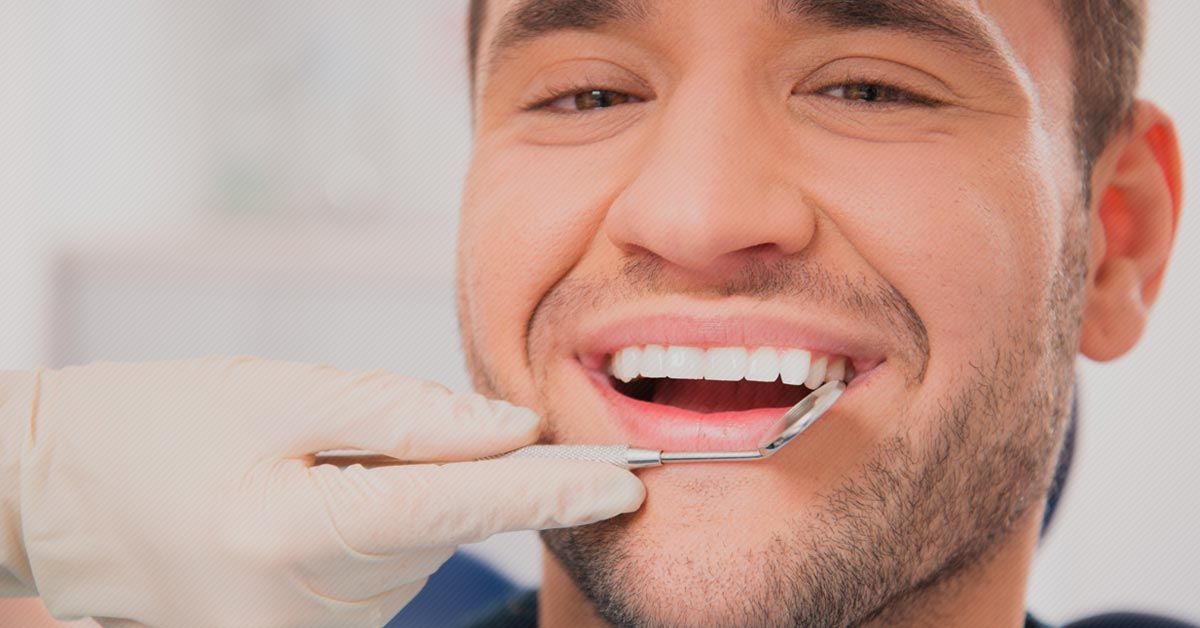You’re at the dentist and going through a routine cleaning when you hear the dreaded, “uh oh” come out of your dentist’s mouth. Whether it was your poor brushing habits, a time when you bit down wrong on a tooth, or whatever the reason, now you need dental surgery. If you’ve never undergone a dental procedure before with anesthesia, this may sound like a scary thing! However, we at Kruckman Family Dentistry in Waconia want you to be able to relax during your procedure, which is why we’d like to explain the different types of anesthesia in today’s blog post.
Not All Anesthesia is the Same
Whatever dental procedure you need to have is what will determine what sort of anesthesia or sedation you may need. Some of these anesthetics help control pain, others put you to sleep, and some just help you relax during the procedure. Depending on the procedure, your health, your allergies, and your anxiety level, you and your dentist will be able to discuss which method of pain relief and control might work best for you. As long as you go into your procedure knowing that each type is different, you can keep an open mind when it comes to which anesthesia choice is right for you.
Local Anesthesia
Local anesthesia is used to prevent pain by blocking the nerves in your mouth that transmit pain. This is the type of anesthetic that leaves your mouth numb. Depending on what needs to be done, you can expect the dentist to apply a topical anesthetic before injecting a local anesthetic into your mouth. These topical anesthetics are nothing to worry about, as many are available over the counter to help with canker sores and other mouth sores. Dentists will use the injectable anesthetics to fill your cavities, prepare your tooth for a crown, and even treat gum disease.
Analgesics
After your procedure, you are probably going to need some pain reliever. These are called analgesics, and they are divided into two groups: narcotic and nonnarcotic. The nonnarcotic are the most commonly used choice to help toothaches and other natural pains that can come after dental surgery. Examples include acetaminophen and ibuprofen. As for the narcotic options, these are often opioids to help relieve more severe pain.
Sedatives
Sedatives can be administered before or during a dental procedure. The methods of administration are usually:
- Inhalation – usually nitrous oxide
- Oral – taking a pill
- Intravenous – injecting the sedative
The type of procedure you are having will typically determine which method will work best. If you have a child who needs to be sedated before their procedure, be sure ask which method would work best.
Contact Us
If you are having moderate to severe toothaches, it could mean you are in need of dental surgery. Come see us at Kruckman Family Dentistry! We proudly serve Waconia and surrounding areas, including those from Victoria, Norwood, and more. No matter if your smile is healthy or improving, we would be happy to take a look and give you a thorough cleaning. Contact us today to learn more!

